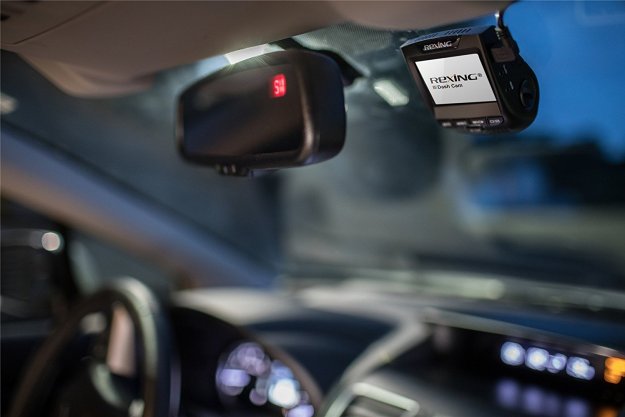
Back in February, we reported on a story out of Oxford University’s $7,750 autonomous vehicle system called “RobotCar.” We thought this would be the rock bottom price range for vehicle autonomy – at least until the big auto manufacturers got into the game.
Surprisingly, a Romanian 19-year-old, one Ionut Budisteanu, has created a $4,000 system, according to NBC News. Google, for instance, uses a 3D radar unit that runs in the $75,000 range on its autonomous cars.
Budisteanu created the ingenious setup using a webcam and a low-res radar system paired with a self-created rudimentary AI program that can detect other road-going vehicles, road markings, and curbs.
Out of 50 tests, the $4,000 system worked flawlessly 47 times. Although it failed three times, the system was good enough to earn Budisteanu a $75,000 scholarship from the Intel International Science and Engineering Fair. And he says more improvements – but not more cost – are coming to the system to improve accuracy.
So here it is, friends: the slippery slope into self-driving cars. While most of us won’t miss dealing with the nincompoops who populate most global roadways, we will miss spirited country roads drives on Sunday mornings. At least we’ll be able to text while behind the wheel again.
What do you think of self-driving cars? Wave of the future or nanny-state monster? Leave a comment below.


